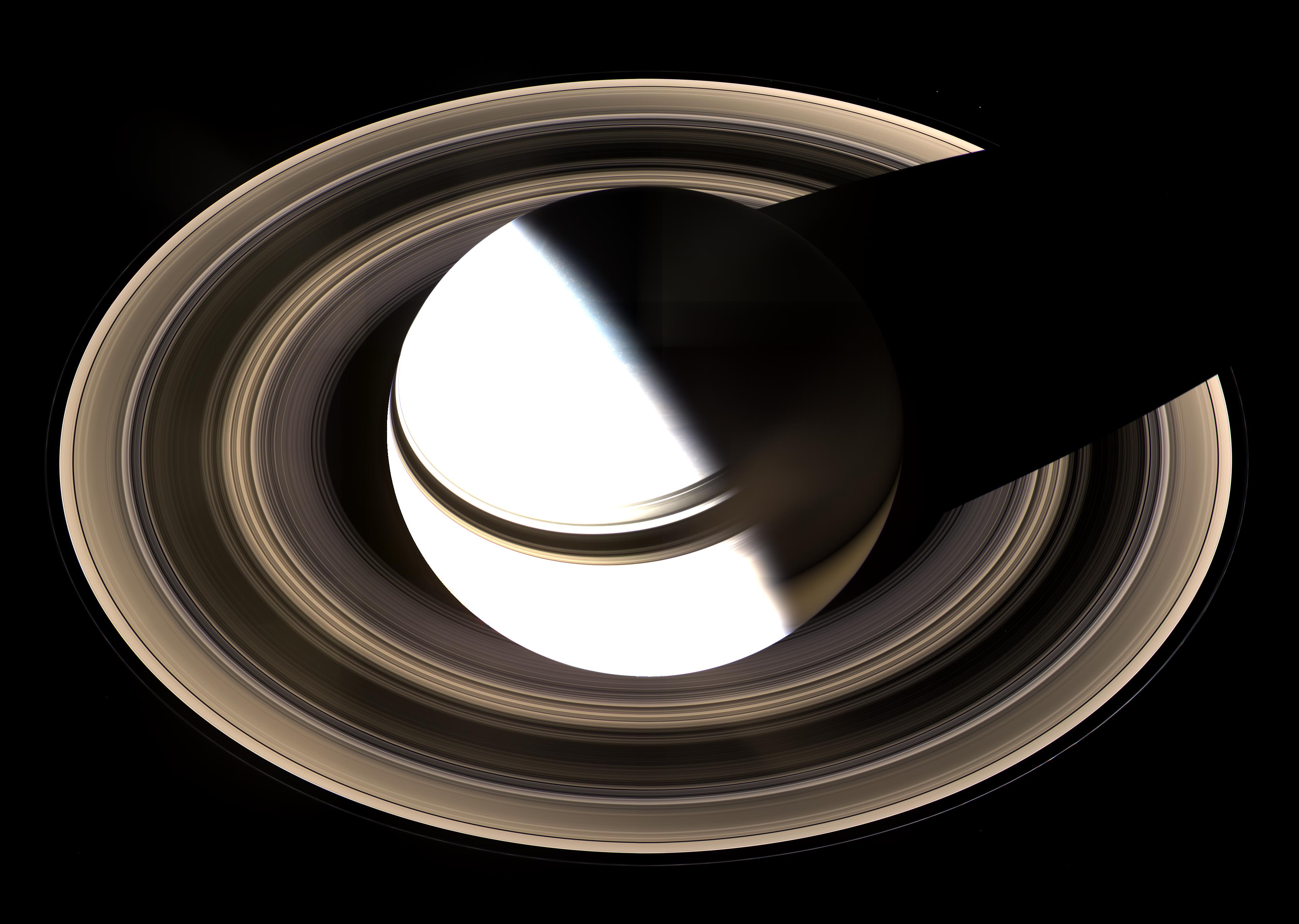
I saw this on Drudge the other day.
An odd, six-sided, honeycomb-shaped feature circling the entire north pole of Saturn has captured the interest of scientists with NASA's Cassini mission.
NASA's Voyager 1 and 2 spacecraft imaged the feature over two decades ago. The fact that it has appeared in Cassini images indicates that it is a long-lived feature. A second hexagon, significantly darker than the brighter historical feature, is also visible in the Cassini pictures. The spacecraft's visual and infrared mapping spectrometer is the first instrument to capture the entire hexagon feature in one image.
Interesting movie by Cassini on the Hexagon shaped clouds on top of Saturn.






 Sooooooeeeeee!
Sooooooeeeeee!
 From the Hubble
From the Hubble







 Here come the UFOs!
Here come the UFOs!